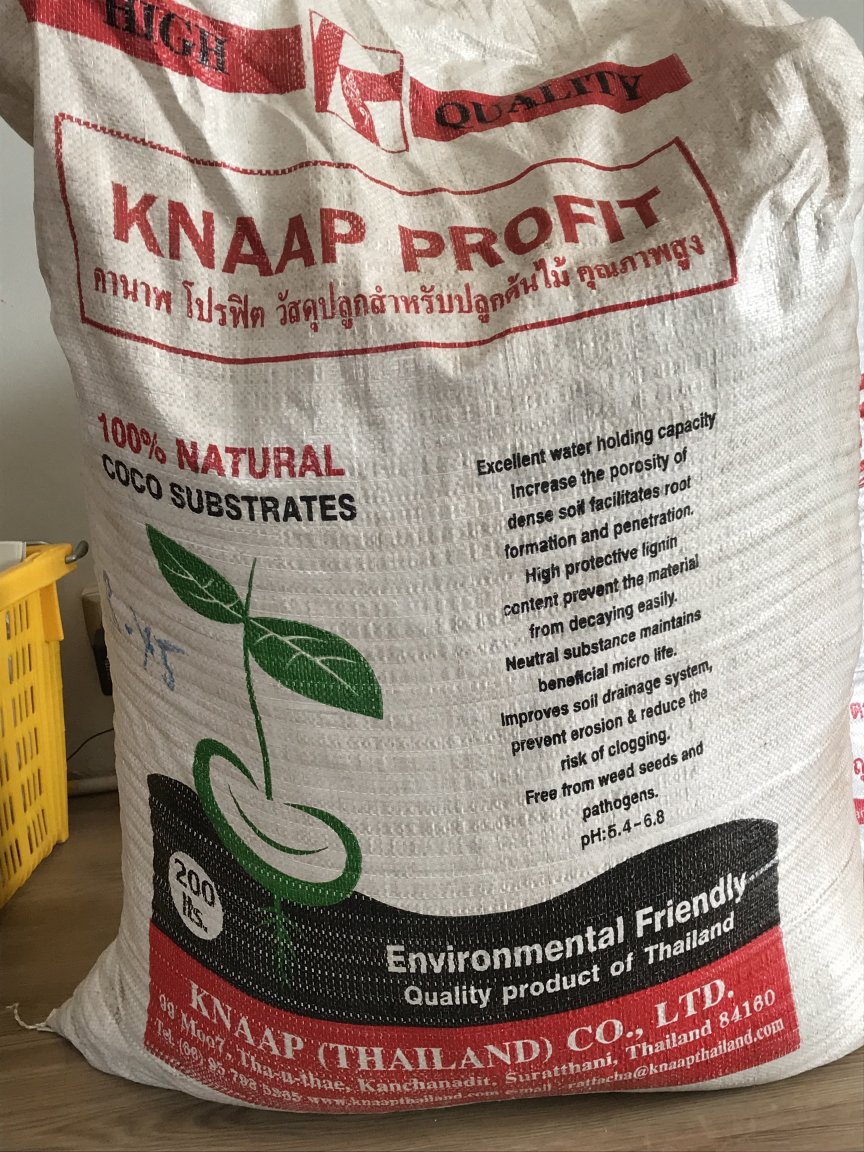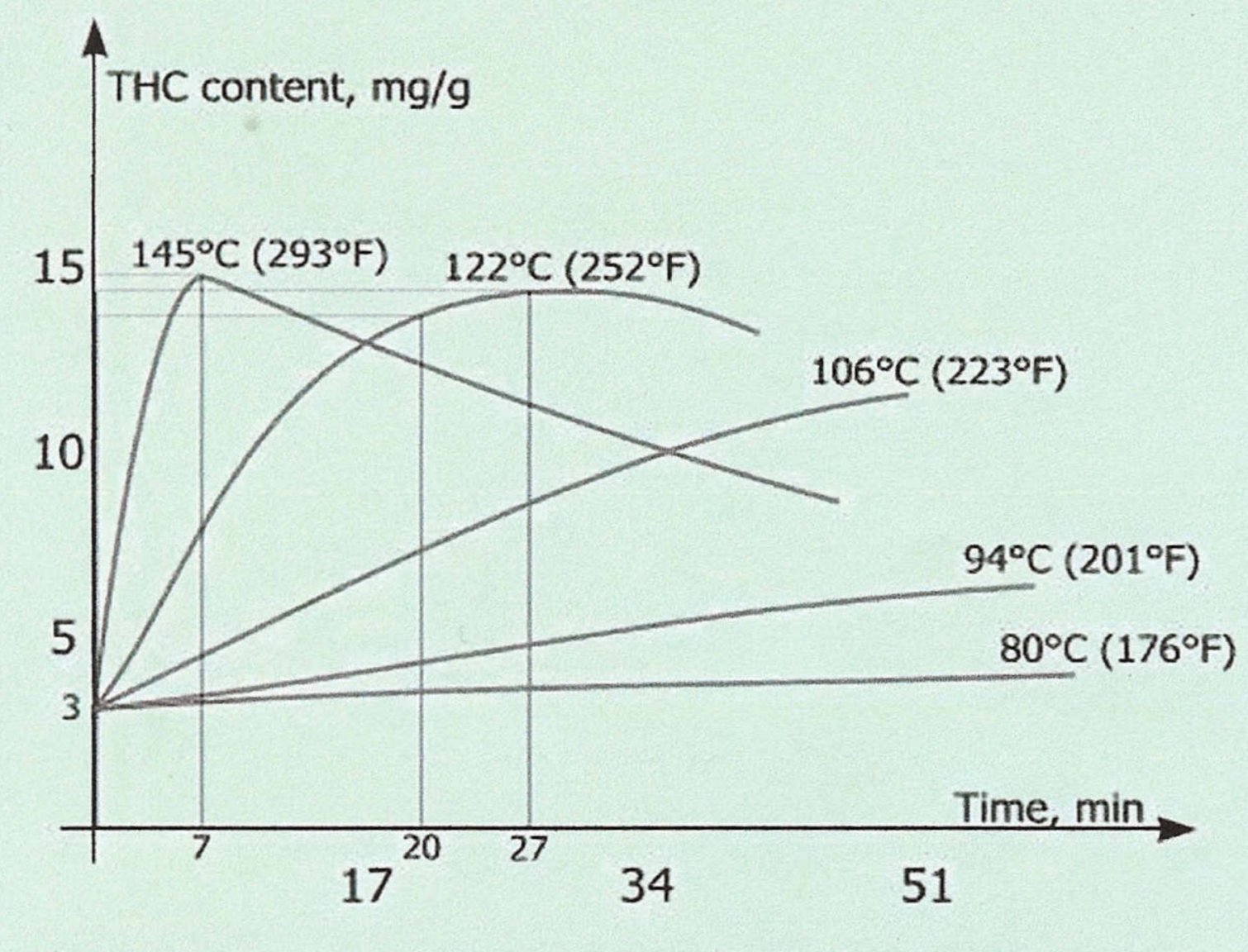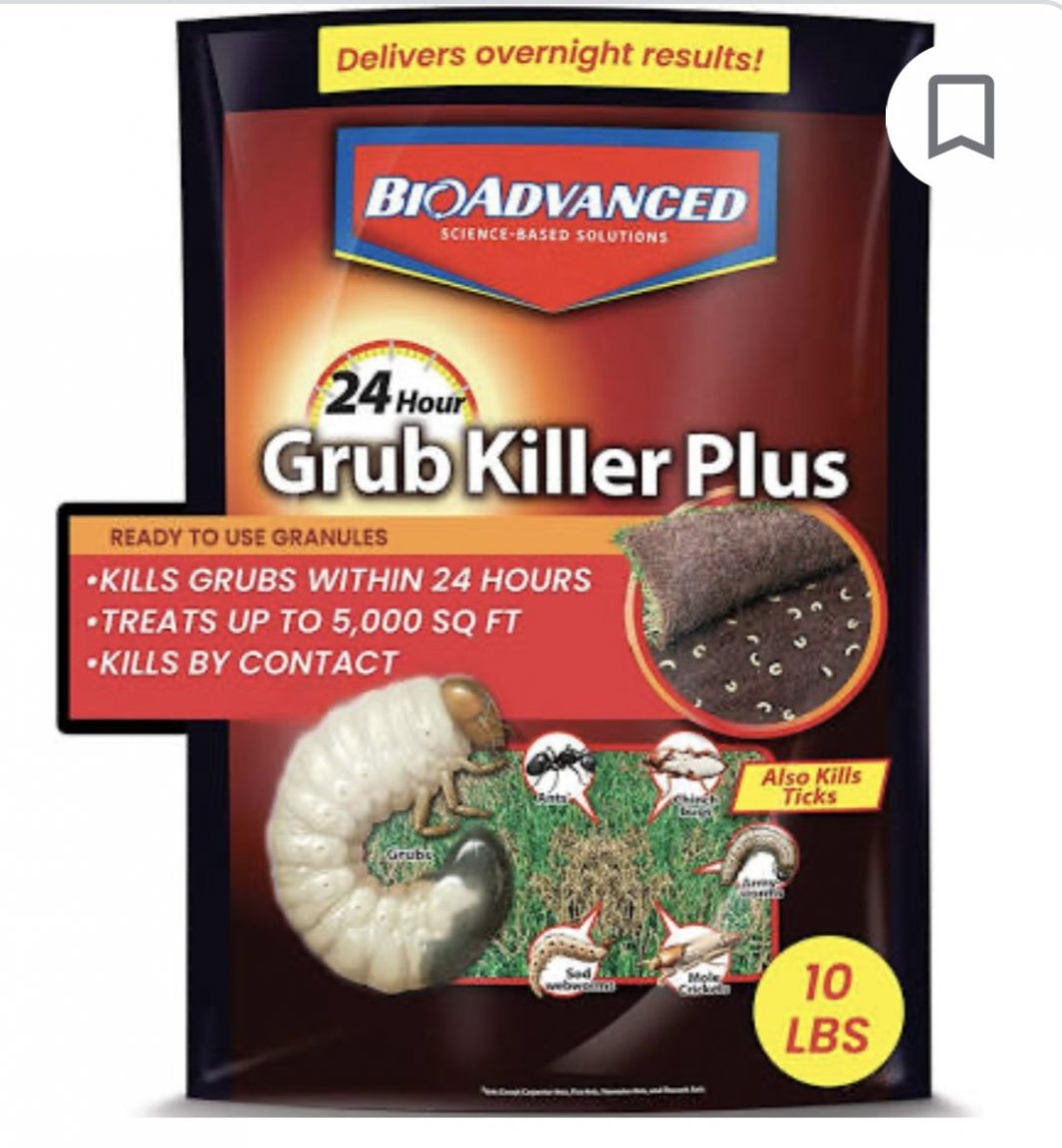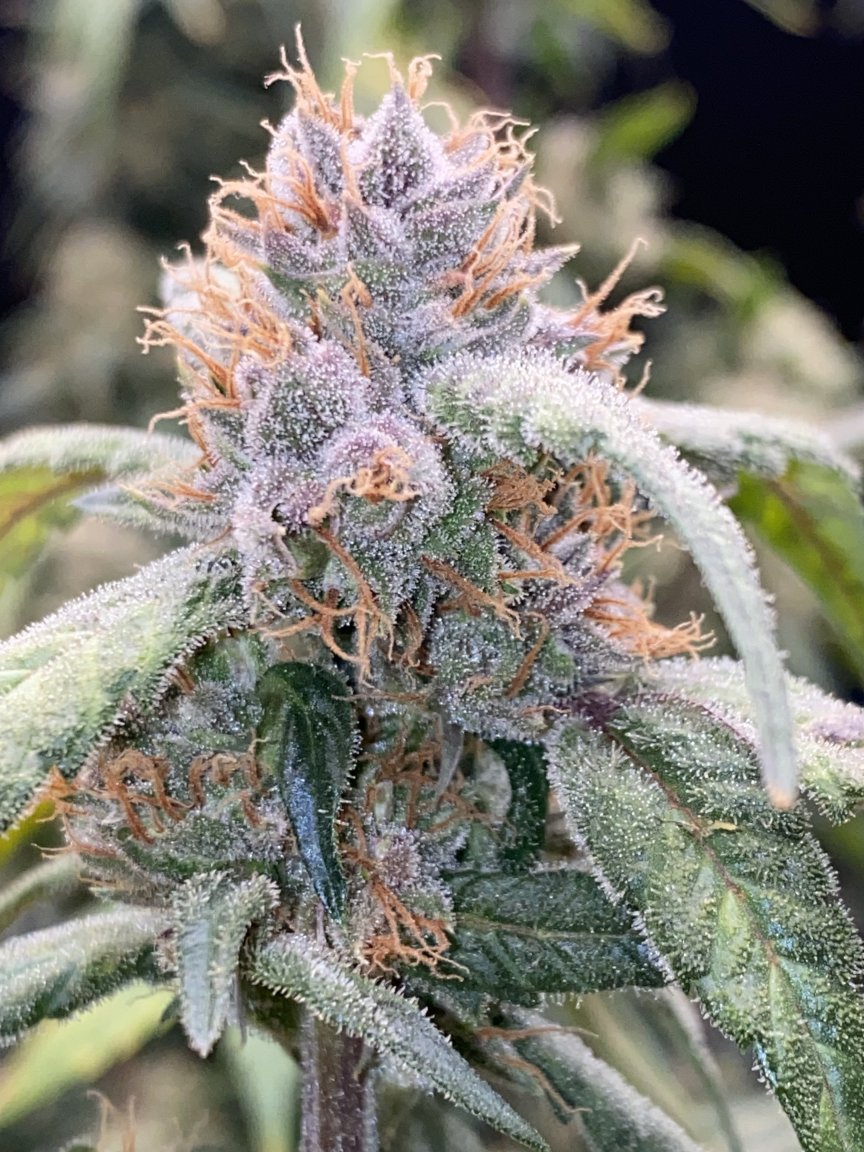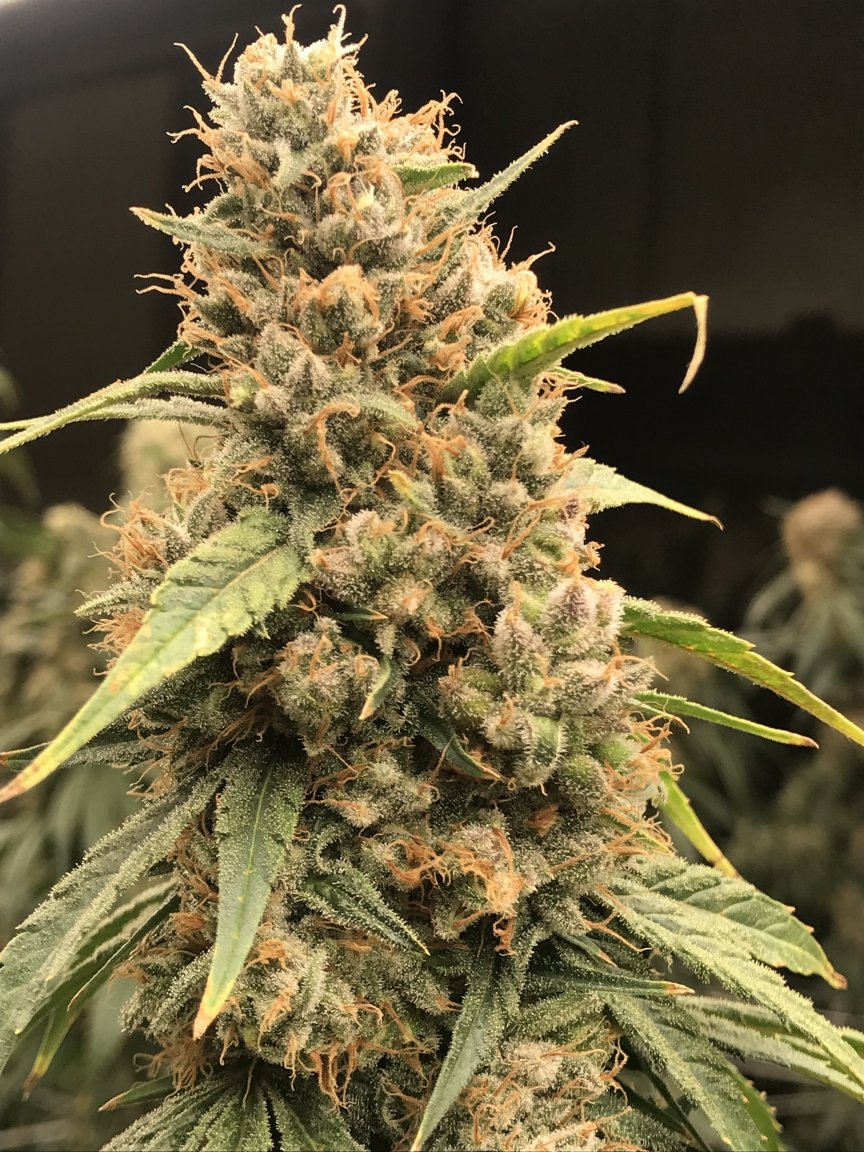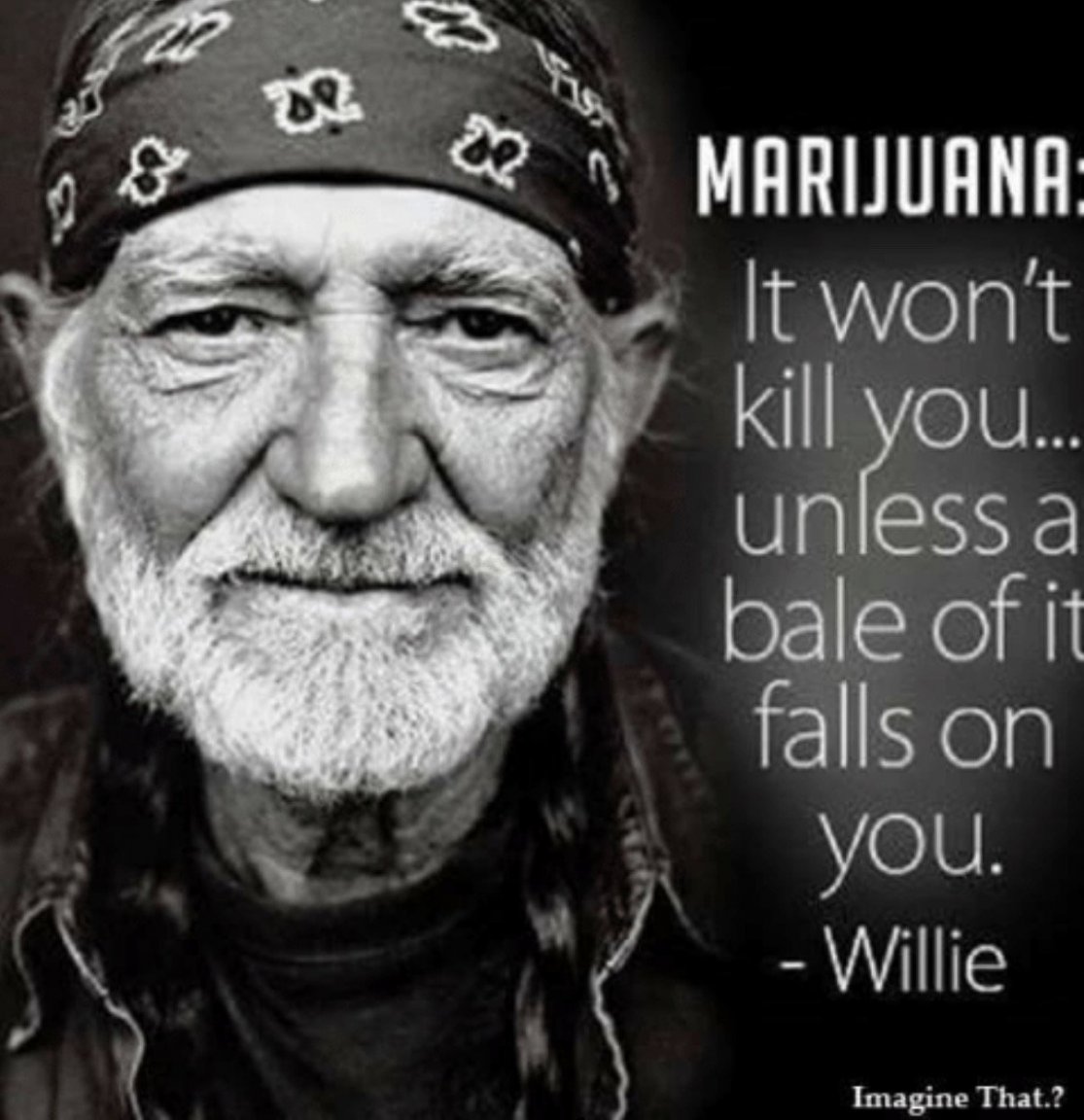
SamuiGrower
Member-
Posts
132 -
Joined
-
Last visited
Content Type
Events
Forums
Downloads
Quizzes
Gallery
Blogs
Everything posted by SamuiGrower
-
I’m assuming this is a non-commercial grow. There are limited sources of washed and buffered coco coir, here in Thailand. @Stoner has had good success vetting different mediums, hopefully he’ll give you some recommendations. I’ve done trial runs with the following with good results: http://www.knaapthailand.com/eng/product.php I believe we were paying 700 baht/200 liters, delivered. We ultimately decided to go with LECA, clay balls, reusing and sanitizing them between uses. My advice to you with the Knaap product is: use Knaap ‘profit’, it has 30% aeration/vermiculite. Pre-charge the coco before transplanting your seedling/clone with 1000 ppm/2.0 EC GH GROW or cal/mag (if you use it). If you don’t pre-charge the coco, you will always be chasing a calcium deficiency. Seems counterintuitive (high ppms), but the CEC of coco will hold back calcium and magnesium. GH delivers the results, buy Canna, if you can afford it and run away from AN.
-
Decarboxylation is likely a subject best suited for a heading in its own post. Because it’s being debated here, I’ll post my 2 baht(s) worth. It’s unlikely @BritManToo is experiencing a placebo high (he’s an experienced player, after all) or the THC is being destroyed (in its entirety) as a topping on a 400F oven pizza. First, let’s bring in the rest of the audience, to make them ‘decarb’ savvy . The phytocannabinoids in dried/fresh, cured flower (bud) exist in two forms: the acid form (I.e. THCa, CBDa, etc) and the non-acid (normalized) form (I.e. THC, CBD). A typical analysis of flower, might look like this: THC 3% THCa 17%. The acid forms are always in higher abundance than the non-acid/normalized form. If ingested (flower eaten ‘raw’) by you or your dog, the high would be negligible or minimal, as only the THC fraction can get you high while the acid fraction will not. If smoked (combustion), heat will convert the acid fraction to the normalized form. This is the easiest explanation of decarboxylation. You are essentially removing one carbon atom that happens to come along with two oxygen atoms (COOH). This is known as a carboxyl group (CO2+H or COOH). The de-carboxyl-ation process, as a result, produces carbon dioxide - CO2. It is photosynthesis (of C3 plants, like cannabis) that puts the extra carbon item there. Decarboxylation (decarb-ing) of flower, is a concern for those that make edibles or extract/distillate for edibles or activated CBD oil processors, like myself. If you are a smoker, this wouldn’t concern you. Weed Pizza Topping So, on to the question of the efficacy of weed as a topping…. @NedR69 is correct about 400F destroying THC but this is not a ‘closed’ environment in a lab oven on an isolated THC fraction. Let me explain. (He is also correct about eating green/raw leaves BTW) Decarboxylation is not exact nor is it linear. Ovens are not uniform, not all flower is pre-dried to a friable, uniformly milled sample to begin with. The decarboxylation process is only about 70% efficient to begin with. Decarboxylation is a function of temperature and time. High temp/short time and inversely, low temp/long time. Old, aging weed will naturally ‘decarb’, especially if exposed to ambient temp, air, light and humidity. Let’s say ground flower/bud is sprinkled on top of a pizza, it makes contact with sauce and cheese. The sauce, cheese AND weed never reach 400F (204C), in fact unless it looses all water content (Aw), it doesn’t get hotter than 212F (100C). THCa is undoubtedly being converted to THC. The surface area of the weed exposed to the dry heat of the oven, is reaching temperatures that will destroy THC but the remainder would likely decarboxylate, getting you high. I have no doubt whatsoever that you can get high by sprinkling weed on pizza BUT it would hardly be an efficient way of doing so. I have attached a time/temp decarboxylation graph below. It is in need of updating (perhaps a thesis for a post grad at USU, UM or Guelph). It is 30+ years old and limits out at 15% THC potency. I hope this answers a few questions for the community. Here’s a couple of tips if you do decarbing (or remotely interested). Start with completely dried (friable) and sieved material and pick a time/temp off the chart. I.e. 145C for 7 minutes. If making extract or distillate: place your distillate (glass vial/beaker) in an oil bath at 122C for 24-26 minutes. You will see CO2 off gassing then stopping when completed.
-
Hard to identify the exact species of grub (beetle) but can say, with surety, that it’s not an Eurasian Hemp Borer, thankfully. It could be: Japanese Beetle, European Chafer or June beetle. The “go to” solution is Not recommended. Neonicotinoids is a systemic insecticide that will stay in the plant. Cannabis, a hyperaccumulator plant that will uptake the insecticide where it will remain in the dried flower and leaves. Do NOT use this in any form with cannabis. Look for Milky Spore powder as an organic alternative. It’s is the bacterium of Bacillus Popilliae or Paenibacillus Popilliae. It is highly effective. Water it into the soil and the bacterium will kill the grubs, leaving no residue or unnecessary uptake by the plant. You can find a form of Milky Spore Powder in a good agricultural or garden supply store. It might be available on Lazada. Here are a couple of pics of like products…
-
Photos of your Grow in Thailand
SamuiGrower replied to Mr Meeseeks's topic in Thailand Cannabis Forum
It would be hard to argue with something that has clearly worked for you but I do have some input that you or other readers might find helpful. The salt formula you are using is a 2.6 - 1 - 3.6 (elemental NPK) formula with an EC of 1.4 I would be slightly more aggressive and use an exact 3-1-4 ratio. It would raise your EC to 1.7. That ratio is in line with Jack's and Masterblend, two well know salt formulations that have been used by commercial cannabis growers for some time. I am using a 3-1-4 nute program here, on a commercial level, indoors. I would not "under feed" below the calculated EC, as I feel you are leaving yield or potency on the table. I would swap out your Potassium Nitrate for Magnesium Nitrate (for your other Nitrate source) and add Potassium Sulfate for your potassium source. This will also increase your S (SO4) which will improve flavor in finishing. This will give you better flexibility in hitting the ratios better, that you wouldn't be able to do with Potassium Nitrate alone. This probably doesn't affect you because you are in soil, with a CEC capacity that holds Ca and Mg - a buffer for these nutrients, which is a good thing BUT I recommend bring calcium ppms equal to nitrogen. I have seen, here in Thailand, high temp and high/low humidity (low, as in not supporting the VPD of high temps.) creating issues with calcium. Deficiency symptoms (due to lockout and not availability) can appear based on environmental fluctuation. When Ca is brought inline with N, all issues disappeared. This 'trick' is really for hydro and soil analogue growers than for you but if you have experienced any deficiencies, i can assure you this will work. Your 3-1-4 formula would look like this: N=135 P=50 K=200 Ca=135 Mg=50 S=81 Lastly, I see you are mixing your own micronutrient mix. I know this is a labor (for so many reasons) and will not comment on your formulation but wanted to point out the following: Wesco Chemicals (Bangkok) carries a trace element mix called Librel RMX-26, that you might find convenient. Also, USU has recently done some cannabis tissue analysis in regards to micronutrients and I have included them below in relation to RMX as well as your numbers. USU's numbers are for DWC hydroponics, suggesting that the ppms should be higher in other mediums. The elevated copper, in RMX, is likely due to the requirements of lettuce, spinach, tomato, corn , etc. and has not presented any signs of toxicity for me. USU RMX Your Mix Fe 5 4 3 Mn 3 4 1 Zn 1 1.5 0.4 B 1 0.5 0.3 Cu 0.1 1.5 0.2 Mo 0.03 0.1 0.08 -
Spot on. Absolutely and thank you for mentioning. The always present oxidation. Think apples and potatoes as they brown, exposed to air. Both oxidative (air/oxygen) and enzymatic browning can occur. Sometimes it’s a positive - as in curing but mostly is an indication of degraded organic compounds. There have been a few studies quantifying the amount of Cannabinoid loss to age of flower. Not sure if that included ‘extracts’. As imagined, there is a potency drop and certainly flavor loss. Fresh is best! (Or freshly made extracts are best!)
-
Not sure what the disagreement is. Perhaps I was vague. ???? Ethanol is a common and popular solvent in the extraction of cannabis/hemp. It is scalable, economical, safer than hydrocarbons, and FDA approved in food products. Ethanol (ethyl alcohol) is the spirits we consume. It is not the only solvent used and greatly depends on what you need to achieve and the economic model/budget created. Every type of extraction has its pros and cons. It should be pointed out, extraction science is not unique to cannabis. Botanical extraction has been done for hundreds of years and is only, in the last two decades, being applied to cannabis. The fragrance, F&B and nut oil industry are the progenitors of the information we use in cannabis. Ethanol has unique properties in that it is both polar and non-polar (alkyl and hydroxyl group). This, in and of itself, makes it a good fit for cannabis extraction. It strips ionic and non-ionic compounds: chlorophyll, water, waxes, lipids, lignins….pretty much everything but cellulose. Hydrocarbon solvents, like n-butane, n-propane are excellent solvents that will remove cannabinoids and leave behind the chlorophyll but that comes at a cost: reduced yield (compared to ethanol). You are correct about hexane in chlorophyll mitigation, as its non-polar qualities readily absorb chlorophyll but is rarely used in cannabis extractions due to its extreme toxicity and the expense in removing every last bit of it. In an organic chem lab, hexane is used if the product is NOT to be consumed. This is not to say that it’s never used, it’s just expensive to get it to safety standards. There are better choices (acetone and ether but they are rarely used as well) but chlorophyll mitigation in cannabis extraction is predominantly done through: Winterization: The cannabis extraction standard. The solvent used in the extraction (ethanol) is cryo-chilled to -40 to -50 degrees. The waxes, lipids/fats and chlorophyll will precipitate out. The maceration (solvent/cannabis) is then passed through vacuum filtration, leaving the impurities behind. Filtration is probably the most important step and often not done in “back room” ops. The solvent may then be passed through bleaching clay (fullers earth, bentonite and hybrids) with activated charcoal and DE to mitigate color and other impurities. The resulting solvent is then run through a rotovap (vacuum distillation), SPD or molecular distillation to reclaim the solvent (ethanol) and leave behind the oil/distillate with that nice golden color. Hydrocarbon extraction will have a continuous module for each of the above. If your extract is dark (brown, black, green) it is because of impurities: mainly chlorophyll, waxes, lipids and plant matter. If it is bitter, it surely because of chlorophyll. I hope this is helpful.
-
Required strength CBD oil for a good night sleep
SamuiGrower replied to Kenny202's topic in Thailand Cannabis Forum
Is there such a thing? Using fresh material? How much would you lose through winterization or vac purge? Have you made it and preserved that fresh terpene profile? Do tell. This is so off topic. Sorry. -
Required strength CBD oil for a good night sleep
SamuiGrower replied to Kenny202's topic in Thailand Cannabis Forum
Just had an epiphany folks…… Yes, terpene content does go up if you measure it against water weight loss. If you control terpene loss through controlled environment drying and curing, the less volatile terpenes remain while water is evaporated. Percent terpenes to weight can go up as water weight goes down but amount of terpenes remains the same or less. I just realized it when reading the aforementioned “clearly makes the point” article in Ganjapreneur. The pretty graphics were boasting 100% increase in a terpene and a 35% increase in this terpene and 50% increase in that terpene- they never mentioned anything quantitative, I.e. Mg/g. Their magic research was in support of their IP they were selling - controlled drying/terpene preservation. I stand with the science: no terpenes are synthesized after harvest. Ps. The plant does not continue to live after harvest (more bro-science). Nothing is synthesized. It is dead, Cells are not being fed, PS I and PS II ceases to function, no photosynthesis. No energy to drive the machine. The plant is undergoing enzymatic degradation of chlorophyll, and other products that affect taste. It is dead. -
Required strength CBD oil for a good night sleep
SamuiGrower replied to Kenny202's topic in Thailand Cannabis Forum
I’m happy, in so many ways, that it’s your last comment but it’s not mine. You’re right, I could call myself anything I want on this forum (Princess? Buffy?) and it doesn’t make it real, only in my real life. I don’t need to flaunt pedigree degrees to mouth breathers to influence their thoughts, I have clients that pay me for what I say on this forum for free. FYI, my first choice was to call myself an astronaut or a rocket scientist but that would be lying? BTW, you think I make up this stuff? A wow! The article that “clearly” showed your point, was done on proprietary company equipment by the company’s researcher. They are selling IP, you didn’t catch that, huh? And, you clearly didn’t get the YouTube video either. Brought to you by the “leading cannabis research company” with 27K followers. Never read that study. Never heard of the stoned fella on the video either. Seems hardly credible. Funny thing, you require “well researched studies” from me but show me drivel to make YOUR point? The science I quote is by Drs. Bruce Bugbee, Westmoreland, D. Fernandez, Langenfeld, et al and the group of post grad researchers at USU, crop physiology lab. I’m sure you never heard of them, why would you? Do you want me to provide their academic pedigree too? What I stated about terpenes is real and factual. Here’s my last comment: two pain studies with CBD. NIH and JAMA. The placebo won out over the CBD in both. Yes, not a sleep study but meaningful. And, since the evidence is soooo necessary, here tis’ (well researched studies….????) https://pubmed.ncbi.nlm.nih.gov/34223660/ https://jamanetwork.com/journals/jamanetworkopen/fullarticle/2799017 There is your “hard science that says it doesn’t work” I realize, people can get their butt hurt when they hear something that tears down their belief system. I don’t need to prove anything to anyone here. It’s a forum. Need proof? YOU do the research, but just don’t stop on the first unvetted Google search that parrots what you heard on the net in the first place - one that’s brought to you by the highest pay per click SEO. Just keep it real. And please, can we kiss and make up? ???? -
Required strength CBD oil for a good night sleep
SamuiGrower replied to Kenny202's topic in Thailand Cannabis Forum
The journals and papers I read about cannabis science, all say the data does not support the CBD/Sleep claim. The body of claims about CBD are pitched by companies and social media movements. Hard stop. I do not traffic in speculative science. A recent CBD study in relation to pain showed the placebo group reported better results than those receiving doses. Jerusalem University I believe is coming out with some CBD sleep data from what I hear. If it works for you or anyone, hey, more power to you. After all, as humans, we want and need it to work, be it science or faith. I am just pointing out the hard science. And, speaking of science, we just do not know enough about cannabinoids, the endocannabinoid system and the mechanism of how they work or interact with the human body. We will eventually get there but until then any claim should be viewed with skepticism. This is incorrect information on many levels. Terpenes are not static but they do NOT increase after harvest, they decrease. Whatever terpenes are present at chop is what you begin your drying and curing with. What you end up with, net, is far less due to oxidation and thermal degradation. There are other enzymatic processes that do occur with chlorophyll and polyphenols/flavaonids, that affect taste and flavor but not with terpenes. Terpene synthesis is directly related to photosynthesis, which ceases at harvest. You can not create more. The only ‘changes’ in terpenes are there evaporation and oxidative rates. The YouTube video I would take with a grain of salt. Example: Let’s say max terpene content of flower tested was 3% (considered high). 16 weeks later it was what? 10% higher? OK. 10% higher would be 0.003 percent total higher. How about +/- accuracy of the testing? Get my drift. Trust me, if there was a way to increase terpenes on a measurable and consistent basis, large scale growers and consultants would be pitching. You do know who pitches that, don’t you? Lighting companies, nutrition companies, seed banks, etc…. YouTube, gotta love it! Many bro-science practitioners do a 24-72 hours dark period before harvest. The claim is that it increases terpenes. This is incorrect. There is no science to support that claim. The last week of flowering is the most critical in terpene development and reaches it peak through controlled stress: drought, EC, temp, humidity. Terpene synthase pathways are driven by photons not dark periods. Every day before harvest that the plant is deprived of its 12 hours of light, will result in less terpenes. Reports of trichome/terpene increase is purely anecdotal. I know my contrarian prose rub a few the wrong way but remember, I’m a member of the choir:doper, smoker, dabber, hash mongering and a scientist. The hard data is what I go by and report on. Just keeping it real and 100% @Stoner. That High Times articles is insightful but 7 years old. Extraction science has improved by leaps and bounds, as the equipment and SOPs as well. I think what I meant to say, was the freshness of the terpenes and taste of the flower through live rosin pressing was/is as close to “whole plant” that I’ve ever tasted. I agree, that solvents will extract a higher percentage for sure but then it gets degraded. Good article. ???? -
Required strength CBD oil for a good night sleep
SamuiGrower replied to Kenny202's topic in Thailand Cannabis Forum
Terpene degradation begins the moment they are produced by the plant. When the plant is growing, they are continually renewed. The majority volatilize (evaporate) at 15.5 centigrade - room temperature - post harvest. Oxidation of terpenes happens through exposure to air, light, heat, and humidity. They are doomed from the start. Terpenes and concentrates are a delicate balancing act. If you use Hydrocarbon extraction (butane/propane), a non-polar solvent, it leaves behind the chlorophyll and strips cannabinoids and terpenes. Most of the terpenes are lost in prior or post decarboxylation or winterization and certainly in post solvent purging, even using deep vacuum. Terpenes are a bit elusive and certainly fleeting. What’s not lost during drying and curing, through evaporation is certainly lost by thermal degradation. The best preservation of terpenes to my knowledge is “Live Rosin”: Whole flower pressing under pressure and a bit of heat. It is dabbed or vaped and imho, the best representation of terpenes in flower. Because of this known volatility and degradation of terpenes, most terpenes are added back post extraction of concentrates and distillates. Since the quantity of terpenes produced naturally are so small (<3%), and not economical for fractional distillation to reclaim, ‘lab grade’ terpenes are added back. These are produced from petroleum products. Since the science of inhaling hydrocarbons and terpenes have not been studied enough, it would be considered a bad thing to vape ‘added back’ terps. For those further interested in terpenes, I wrote this post on the forum awhile ago: https://aseannow.com/topic/1293903-the-truth-about-terpenes/ -
Required strength CBD oil for a good night sleep
SamuiGrower replied to Kenny202's topic in Thailand Cannabis Forum
As a quick postscript, I wanted to follow up by stating, the product Wuvu posted, has a 1:1 ratio with THC. This is how and when cannabis becomes ‘medicine’ and its efficacy shines. It is because of national and international restrictions, biases and stigma, that the true efficacy of cannabis is hindered by lack of medical research. It is changing and all for the good. There are more studies and research each year than the previous. We scientifically know that CBD mitigates many medical issues when a ratio of THC is present. The GW Pharmaceuticals drug, Sativex, is a cannabis derived botanical of 1:1 THC to CBD. Legal in 15 countries by prescription for a small bandwidth of medical issues. There’s a lot to unpack there! -
Required strength CBD oil for a good night sleep
SamuiGrower replied to Kenny202's topic in Thailand Cannabis Forum
Cannabinol (CBN) likely has more effect as a sleep aid (getting and staying to sleep) than CBD. I say likely, because there is even less medical/science studies on CBN, and the rest of the minor cannabinoids, than the two primary ones (THC and it’s isomers and CBD). CBN is unique because: it’s mildly psychoactive AND it binds to both the CB1 and the CB2 receptors in the body. CBD binds to neither. It is a known agonist (switches “on” known receptor responses). This, in and of itself, shows excellent potential. CBN is also very unique in that it is not part of the plant synthase - it is not derived from an acid form synthesis (THCa, CBDa, THCVa, CBGa). It is a result of the oxidation or the degradation of cannabis flower/bud. OLD POT. In 2018, we used it as a test of post harvest degradation, as how long has the harvest been sitting around for. Elevated CBN percentages correlates to older flower. Oversupply. With the “ink” barely dry on CBD, the market sector is off running with the lesser known cannabinoids. The lesser cannabinoids are so speculative, with limited studies and even legality issues to make any kind of claims but with that said, I believe more in CBN than CBD as a sleep aid. Thank you for mentioning it. ???? -
Required strength CBD oil for a good night sleep
SamuiGrower replied to Kenny202's topic in Thailand Cannabis Forum
I am a consultant/scientist, here in Thailand working with CBD dominant genetics as well as extraction. We produce a 10% CBD and MCT sublingual product. I can use the opportunity to shamelessly pitch you on my company’s product but would like you to consider a few things first. I wrote about the role and efficacy of CBD in this post and would advise you to read it: Using CBD as a sleep aid is a “movement” magnified on social media. Because it has anti-anxiety effects it has been co-opted as a sleep aid and this is the furthest thing from the truth. It has more placebo inducing sleep effect than the CBD itself. It is NOT a sleep aid. The anti-anxiety effect only works in the presence of THC. CBD modulates all the effects of THC, not being able to bind to Endocannabinoid receptors on its own. Other than known analgesic and anti-inflammatory effects, I would first recommend THC (smoking and edibles), melatonin or sleepy time tea if you’re looking for a good nights sleep. As I wrote in the linked OP, CBD is binary: it works or it doesn’t. It may work for you but still not deliver a good nights sleep. If you are a first time user or considering using it, I would suggest other alternatives first. And, to directly answer your question to dosage: There is no standardization of any two products on the market as to percent CBD to percent CBD oil in the product. Therefore, to suggest a dose is nebulous. We studied competitors products throughout SE Asia. They range from a half of a percent of CBD to diluent to 2% CBD. I would like to point out the percent concentration on the post above is less than obvious and not stated at all. It is a 5% concentration if you do the math. Don’t all CBD users do the math? ???? -
The ethyl alcohol (ethanol) does the extraction. It’s a polar solvent and takes everything with it, chlorophyll, waxes, water, etc. Though some cannabinoids will dissolve in the coconut oil (not as efficiently as an alcohol or hydrocarbon solvent), it’s the MCT’s (medium chain triglycerides) in coconut oil that gets it into your bloodstream by bypassing the liver (first pass metabolism) without diluting it or changing it (11-OH-THC). This will also lead to faster onset of effects - a bonus! MCT Not in the refrigerator. Leave the fluff out and nice it up as you use it - whatever makes the medicine go down. Create your concentrate in an amount that befits your usage. Spot on. ???? It’s the residual ethanol that makes it taste like crap. A low and slow vac purge and you won’t need the cocoa….
-
Good advice. Cool dark environment. The airspace between the extract and the lid creates oxidation, that will degrade it as fast as microbial or fungal contamination .Try to minimize it. You should not be extracting flower that has had either.
-
Sugar=microbial growth. Add your ‘other’ ingredients as you use it, not before. Keep it cool, dark and with very little ‘headspace’ (column of air between the extract and the lid)
-
Photos of your Grow in Thailand
SamuiGrower replied to Mr Meeseeks's topic in Thailand Cannabis Forum
One table of 200+ around 5-10 days to chop.. The purple sticky is Cherry Abacus CBD (11-13%). The 2 liter colas (????) are old school Aurora, NL’s, NYC D and Blueberry. IMG_1093.mov -
Didn’t know that was an actual thing! Must have been invented by a mouth breather.????

